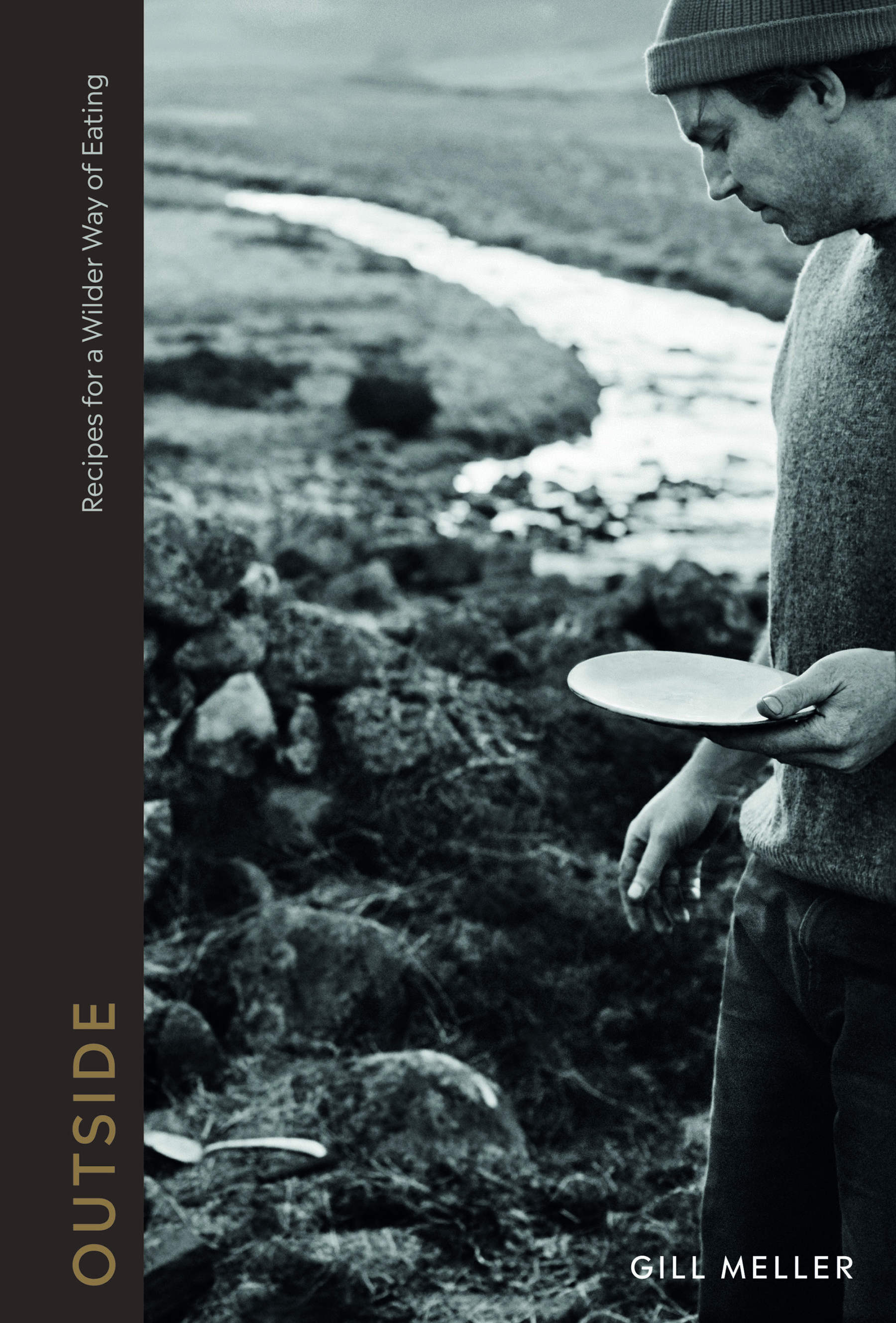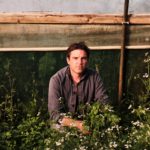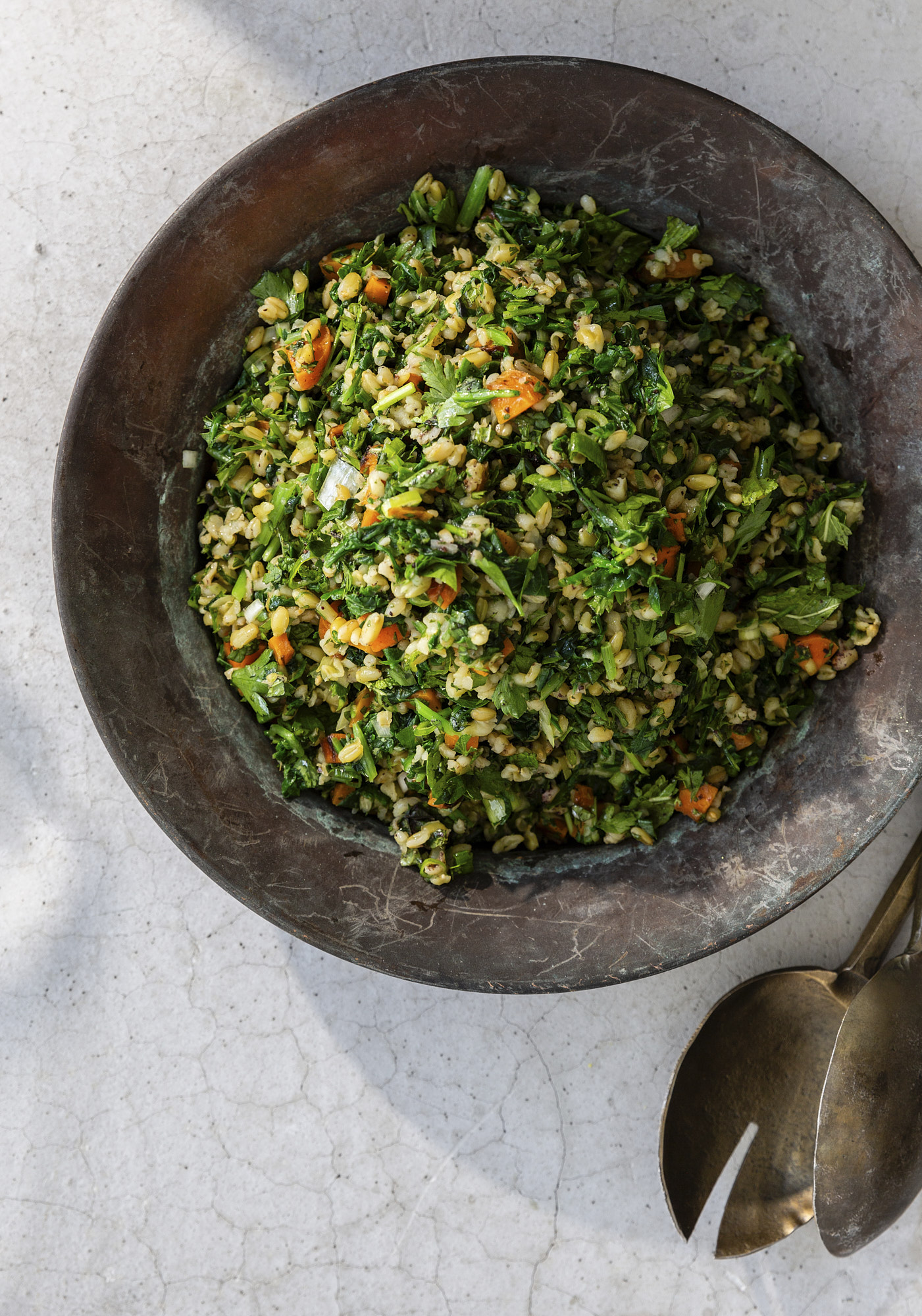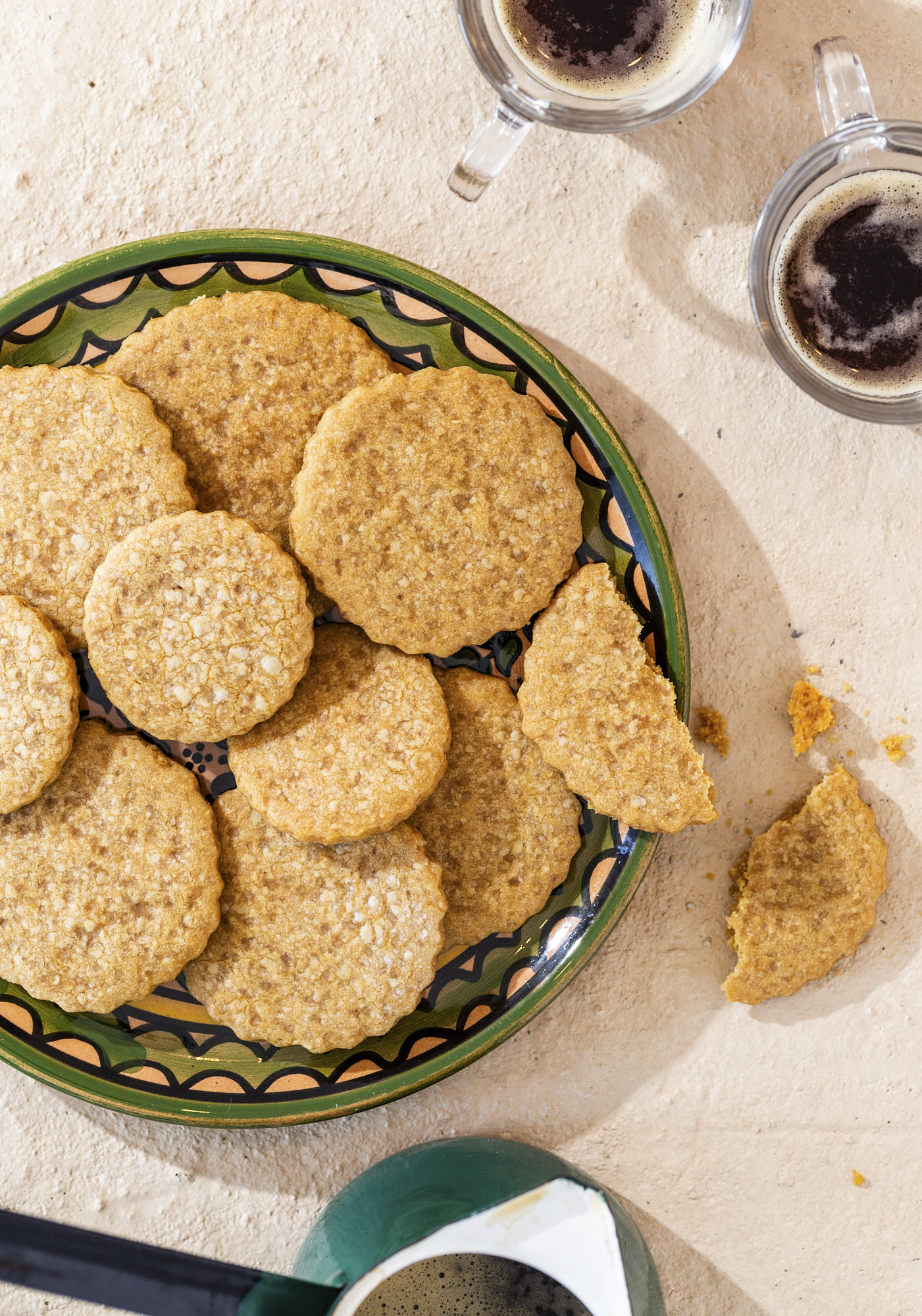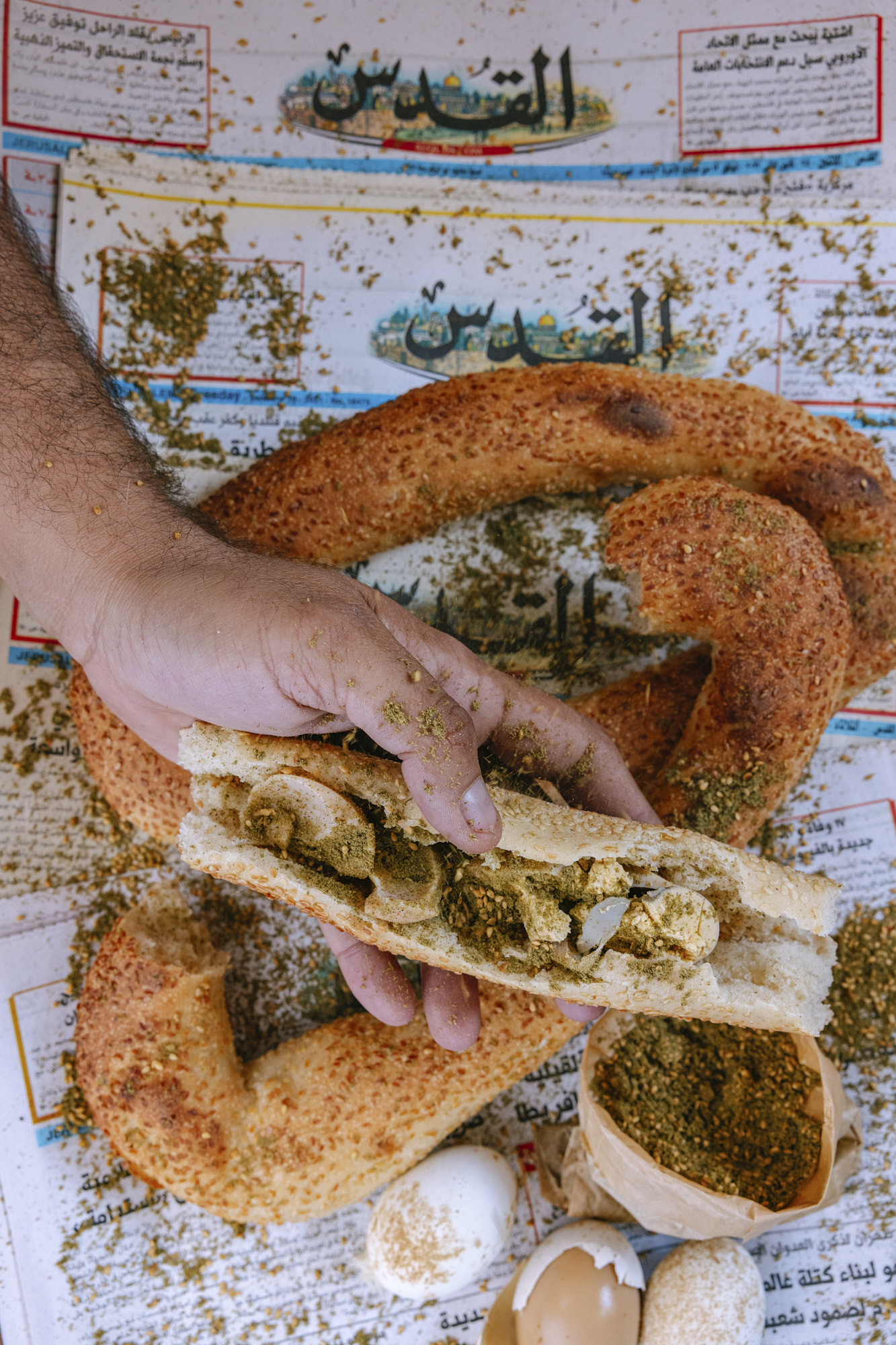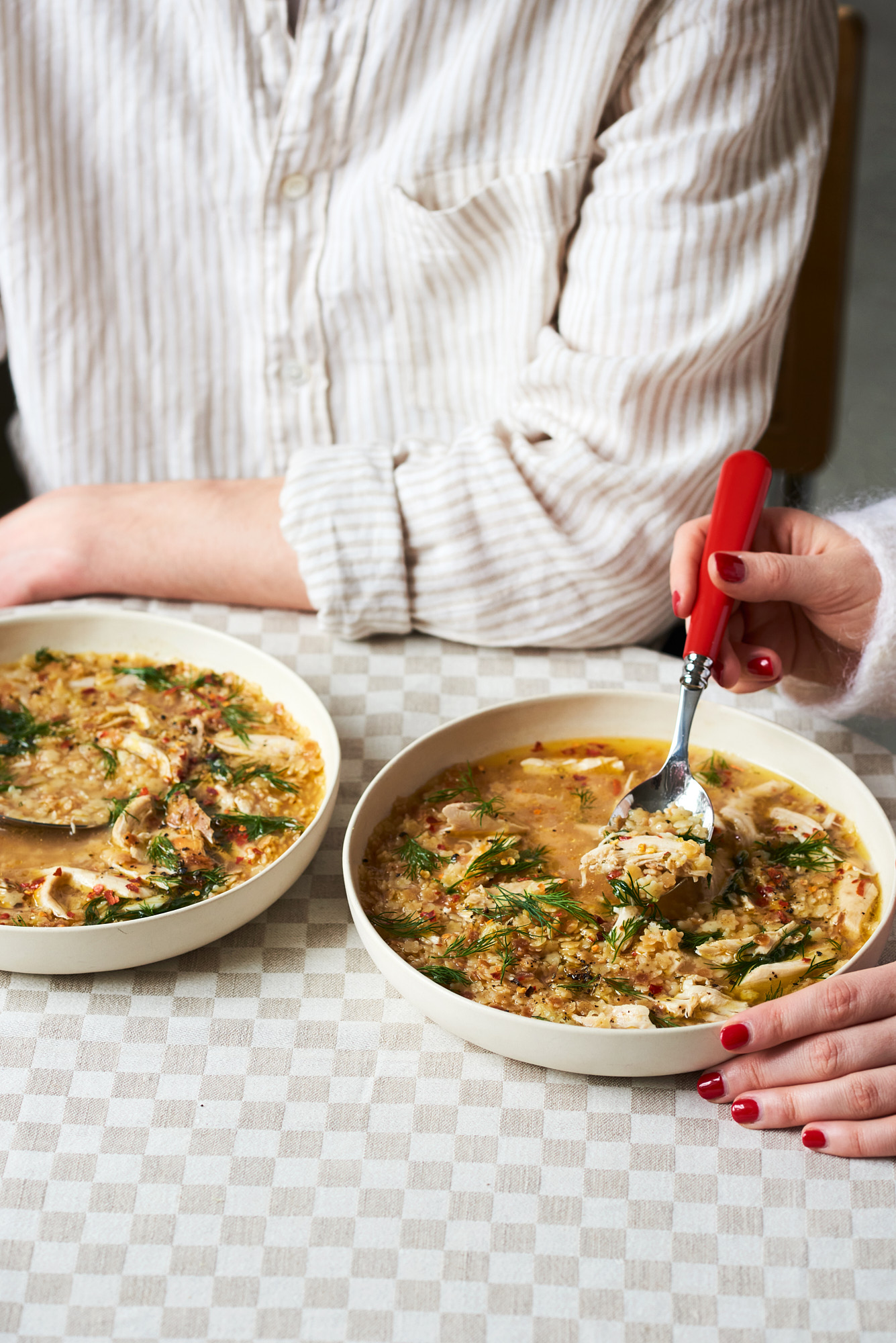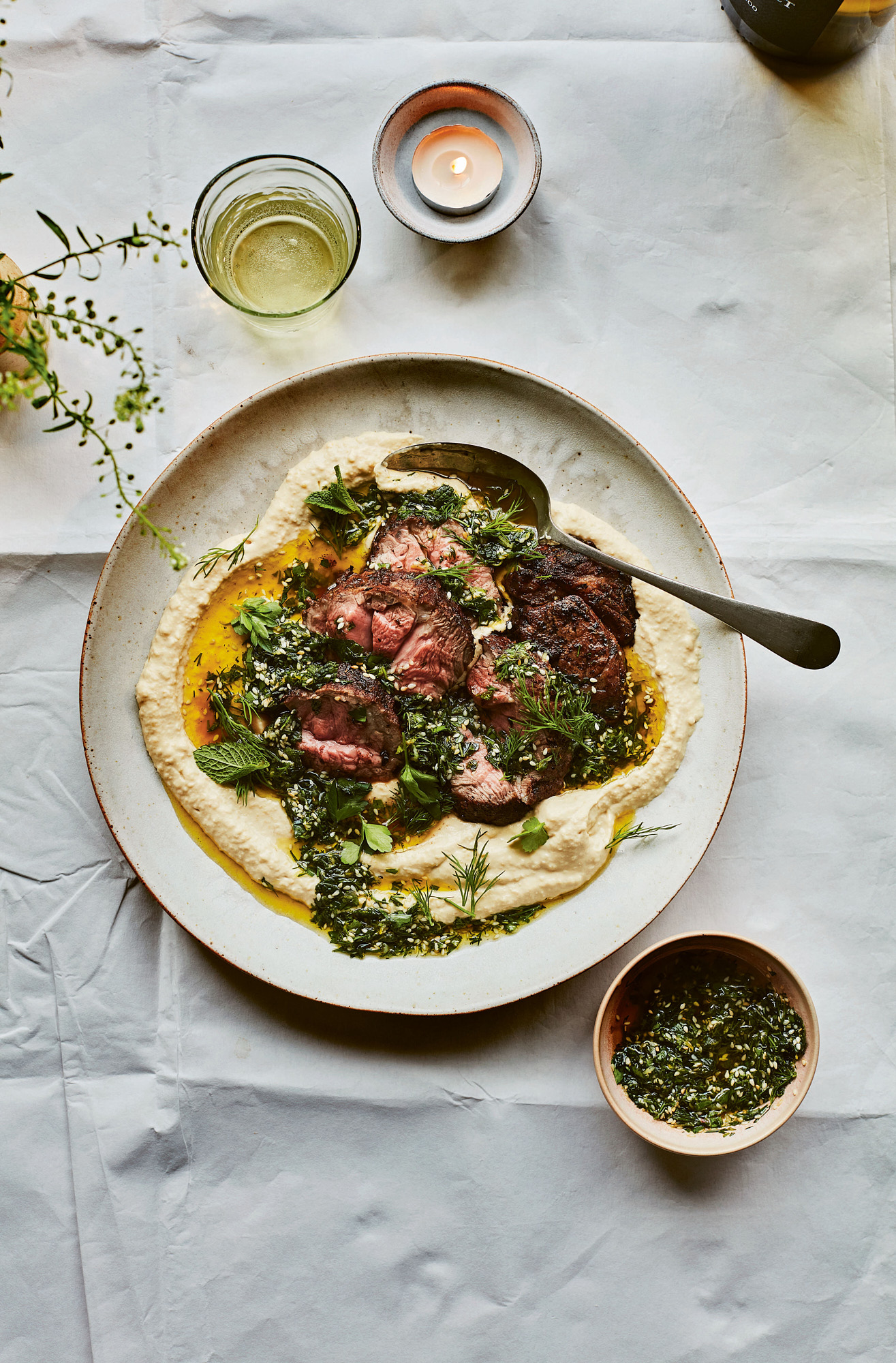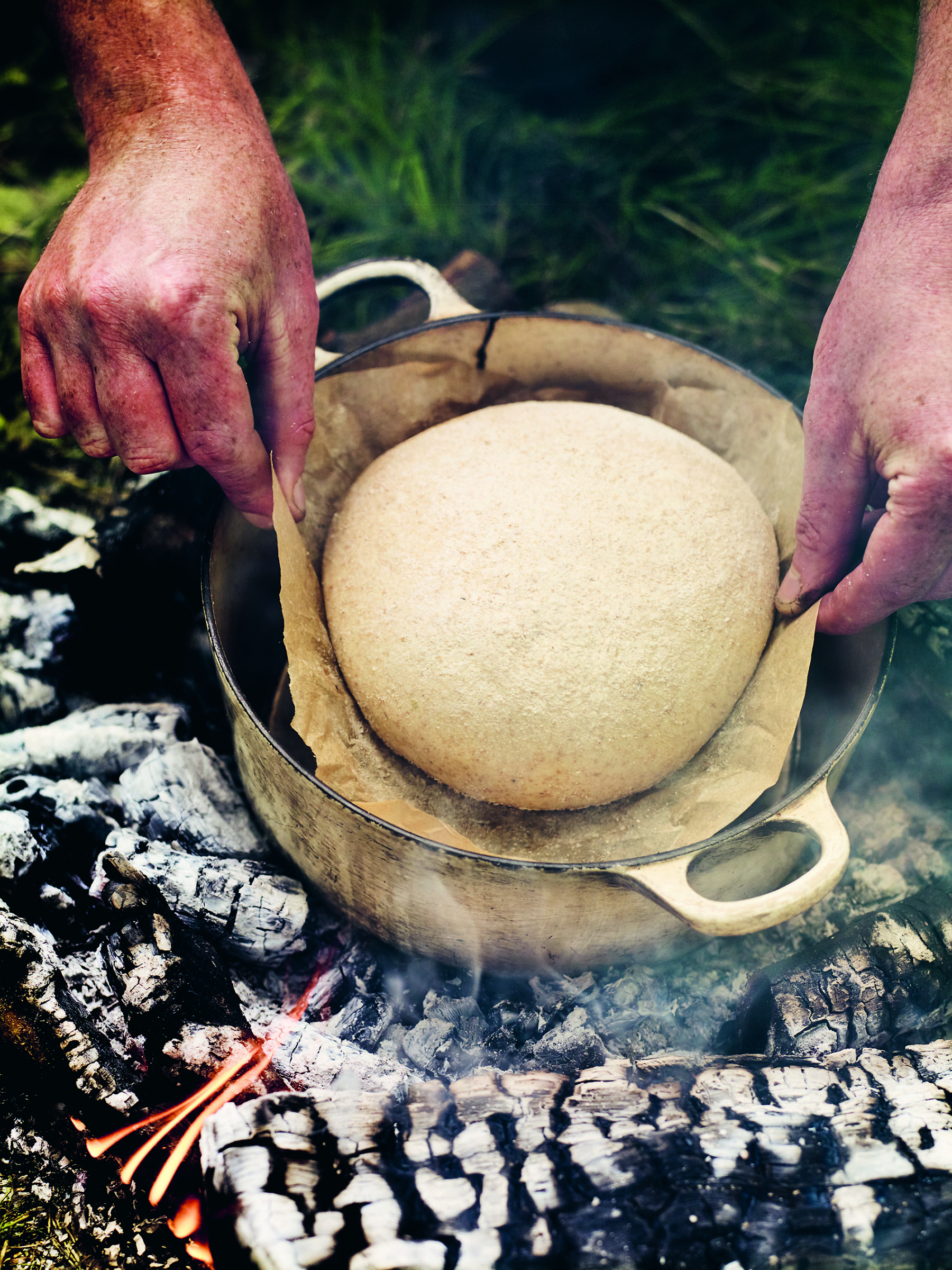

Cooking bread in the embers of a fire might seem like a trivial achievement, but in reality it’s quite the opposite. In that bread, we get a glimpse of our evolution, our history and even our future. We see humankind’s capacity to survive, to learn and to adapt. In the fire we see our ability to control the natural elements, to harness their power. The bread itself represents our understanding of ecology and our reliance on the land – it encapsulates the domestication of plants and the consumption of their seeds, the very bones of agriculture. Eating the bread symbolizes the benefits of our development as a species, but also reminds us of our constant need for sustenance, as well as, somewhat ironically, our vulnerability within an ecosystem that is now fractured by our desire to consume wherever we go. In some respects the simple act of cooking bread in the fire and eating it embodies everything we have, everything we were and everything we will ever be.
Makes: 1 loaf
Season: Year-round
Prep time: 30 minutes + 2-3 hours for proving
Cook time: 1 hour
Ingredients
250g strong white bread flour, plus extra for dusting
250g wholemeal flour
1 heaped teaspoon quick yeast
1 heaped teaspoon sea salt
Method
-
Mix the flours, yeast and salt together in a large bowl. Add 320ml of water and mix until the dough starts to come together. You can knead the dough in the bowl by stretching it out, then folding it in on itself, or you can turn it out on to a lightly floured surface and knead it that way. Do this for about 5 minutes. Then, shape the dough into a rough round, return it to the bowl and cover it with a damp tea towel or place it in a recycled plastic bag. Leave the dough to rise in a warm place until doubled in size, which should take about an hour or so, but can take 2–3 hours, if the weather’s cold.
-
Turn out the risen dough on to a board – this will knock a lot of the air out of it. Gently stretch the top and bottom edges and fold them into the middle. Repeat with the left and right edges. With each fold, crimp the seam of the edges together. Turn the dough over and use your hands to form it into a nice, tight round shape. Cut out a round of baking paper, about 30cm (12in) in diameter, and place the dough on it. Scatter over a little flour and leave it to rise for 30 minutes.
-
Meanwhile, light the fire, if it’s not going already. You want a mixture of burning wood and hot, chunky, glowing embers. Take a large, heavy-based, cast-iron pot or Dutch oven. Place 3–4 pebbles over the bottom and lay the base of a springform cake tin on top – it should be a relatively snug fit. When your fire is ready, level off an area within it, so that the pot will sit evenly. Put the lid on the pot and place it in the fire to heat up. When the dough is ready and the pot is hot, lift the lid. Pick up the dough by the edges of the baking paper and lower it down into the pot. Put on the lid and use your tongs to arrange some large embers around and on top of the pot.
-
Bake the bread for up to 1 hour, until cooked through, keeping the heat as consistent as possible by shuffling the embers about, feeding the fire and rotating the pot every 10–15 minutes. Don’t be afraid to lift the lid and check on the bread’s progress during cooking – it’s the only sure way to get the best results. To test the loaf is done, take it out and tap it on its underside; it should sound hollow. When you’re happy it’s done, lift the loaf out of the hot pot and let it cool a bit before you start eating it.
Read more: Outside
A beautiful book dedicated to cooking outdoors, whatever the weather, Gill Meller’s book Outside is the perfect companion for food cooked over fire, in tune with nature and the seasons. Outside: Recipes for a Wilder Way of Eating by Gill Meller (Quadrille, £30) Photography: Andrew Montgomery
